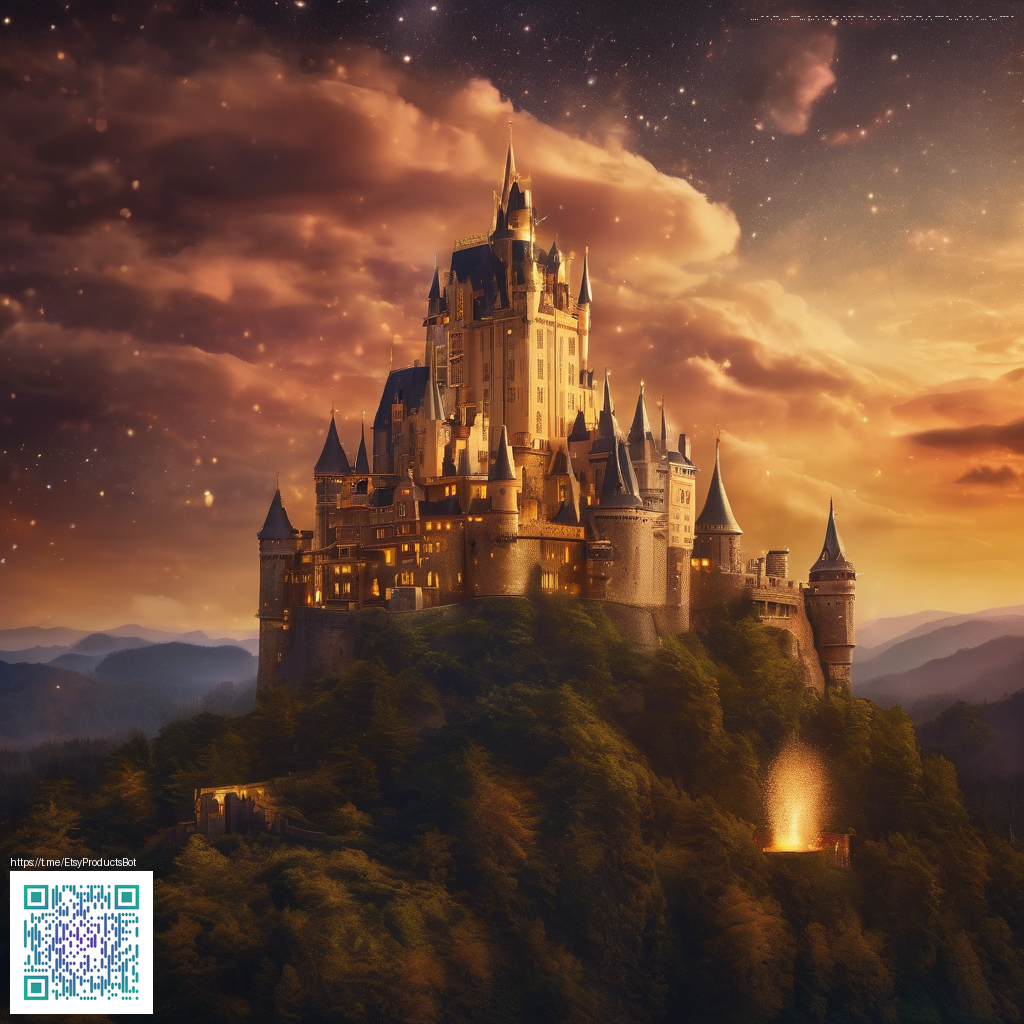
Magical Digital Paper Ideas for Fantasy Crafters
Fantasy worlds invite us to dream in color, texture, and story. When you’re designing digital papers for scrapbooking, journaling, cardmaking, or planner spreads, you’re not just creating decor—you’re building a portal to another realm. The right combination of textures, motifs, and color can transport a viewer to dragon-guarded gates, moonlit forests, or castle courtyards where magic lingers in the air. In this guide, you’ll discover practical ideas to craft enchanting digital papers that feel hand-made, cinematic, and truly otherworldly.
Textures and backdrops that pull you in
Texture is the heartbeat of fantasy art. Start with a versatile backdrop and layer in elements that deepen the mood. Try these ideas:
- Parchment and vellum textures for a medieval manuscript vibe
- Subtle watercolor washes in midnight blues and emerald greens
- Stone, marble, or cracked plaster overlays for ancient ruins
- Celestial gradients with star specks and faint nebula wisps
- Foggy haze and soft gradient glows to suggest magic in the air
Patterns and motifs that spark storytelling
Patterns are the threads that tie your fantasy world together. Consider motifs that recur across papers to build a cohesive set:
- Runic or runic-inspired borders for a touch of ancient magic
- Silhouettes of castles, towers, and dragon scales for focal points
- Constellations and celestial icons to imply fate and destiny
- Wings, leaves, and ivy tendrils weaving through corners
- Whimsical creatures (phoenixes, faeries, griffins) tucked into borders
Color palettes that set the mood
Color choice guides perception just as much as imagery does. For fantasy papers, blend cool, moody tones with punctuations of heat. Consider palettes built around:
- Moonlit blues and sapphire accents for a nocturnal scene
- Emerald greens and forest teals to evoke enchanted woods
- Rose gold, copper, or warm ambers for magical glow
- Ivory, parchment, and soft greys to keep backgrounds readable
Tip: When layering, keep an eye on contrast. A light parchment overlay over a dark magenta ink reads well for text areas, while a subtle glow around key motifs adds depth without overpowering the design.
If you’re exploring physical manifestations of your digital papers, you can translate these designs to tactile surfaces. For a tangible example, imagine printing a few sheets on materials like neoprene or fabric panels to create unique desk accessories or game mats. For reference, the Custom Gaming Mouse Pad 9x7in Neoprene Stitched Edges offers a sturdy canvas that’s easy to customize with your fantasy prints. You can explore this product here: https://shopify.digital-vault.xyz/products/custom-gaming-mouse-pad-9x7in-neoprene-stitched-edges. It’s a reminder that great digital art can inspire practical, real-world crafts as well.
Practical tips for creators
- Work at high resolution (300 dpi for print-ready files) and save layered PSDs or TIFFs alongside web-friendly PNGs and JPGs.
- Offer multiple color variants (e.g., dusk, dawn, and midnight) to maximize use cases for different projects.
- Include a few transparent PNG overlays to help others blend your designs over photos or textures.
- Label assets clearly (backdrops, motifs, borders) to simplify inventory for buyers or collaborators.
- Provide both light and dark watermark-free options for unobstructed presentation.
If you’re curating a collection, link your digital papers to a central hub that showcases different scenes—think misty moors, crystal caverns, or grand citadels. A simple path to discovery is to share a link to your project page so followers can navigate through the set and remix elements in their own way. For more inspiration and a broader collection, you can visit the Area 53 hub at https://area-53.zero-static.xyz/index.html.
When you’re ready to bridge digital and tangible crafts, consider how your papers will translate to physical surfaces. A sturdy neoprene panel, stitched edges, and a gamer-friendly footprint can spark new ideas for collaborative projects between digital art and handmade goods. The synergy between digital ideas and handmade applications often yields the most memorable, usable outcomes.